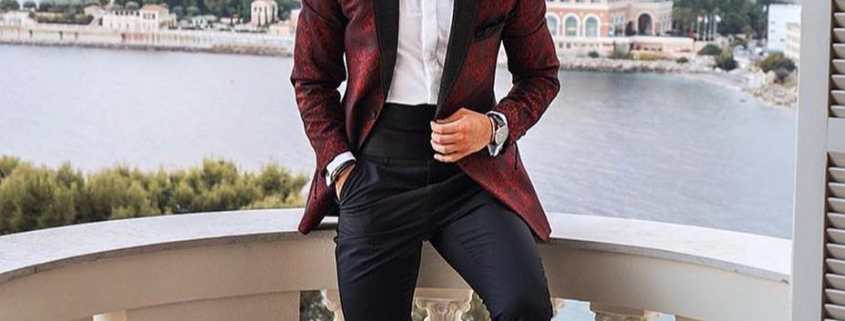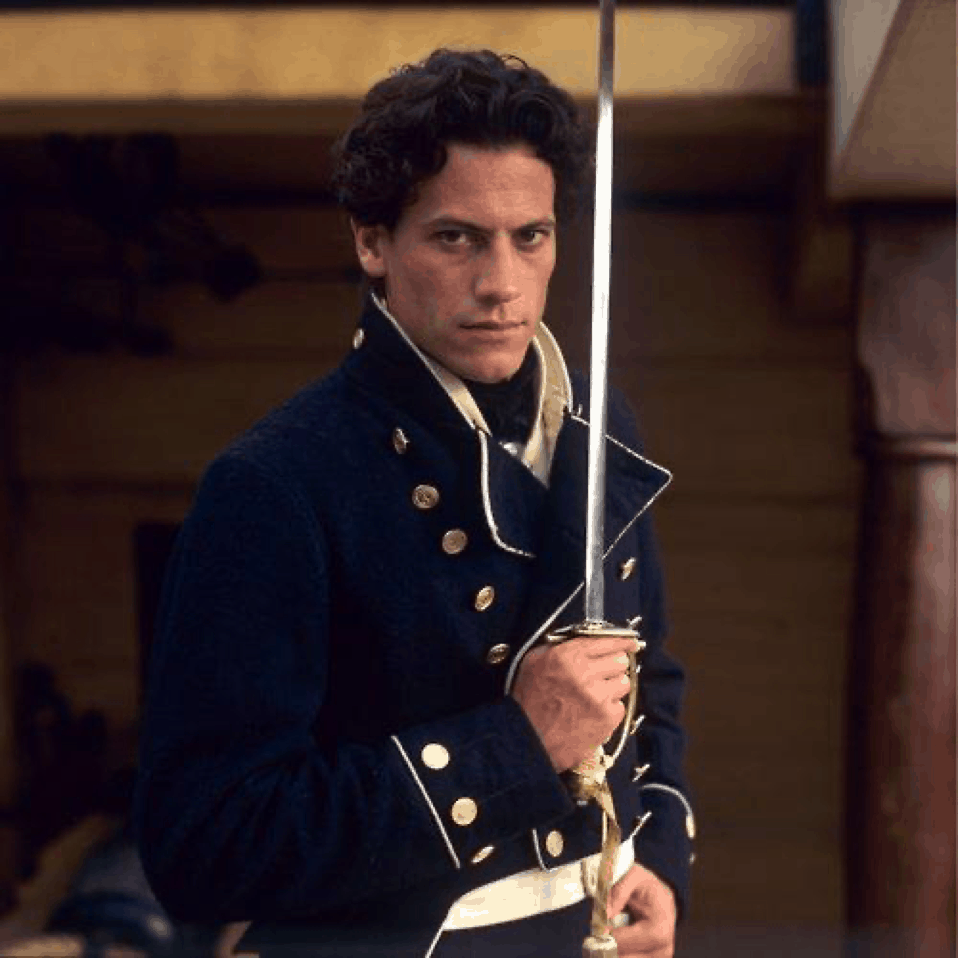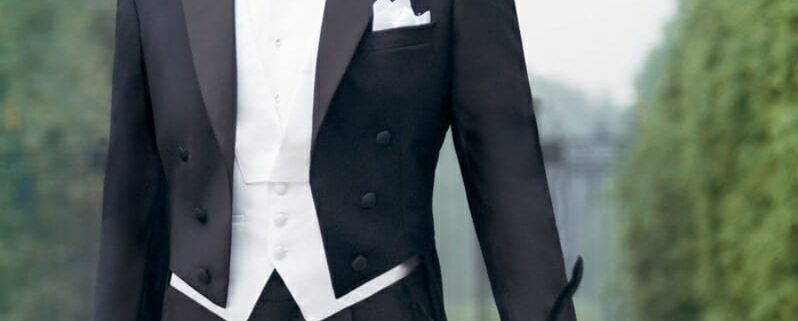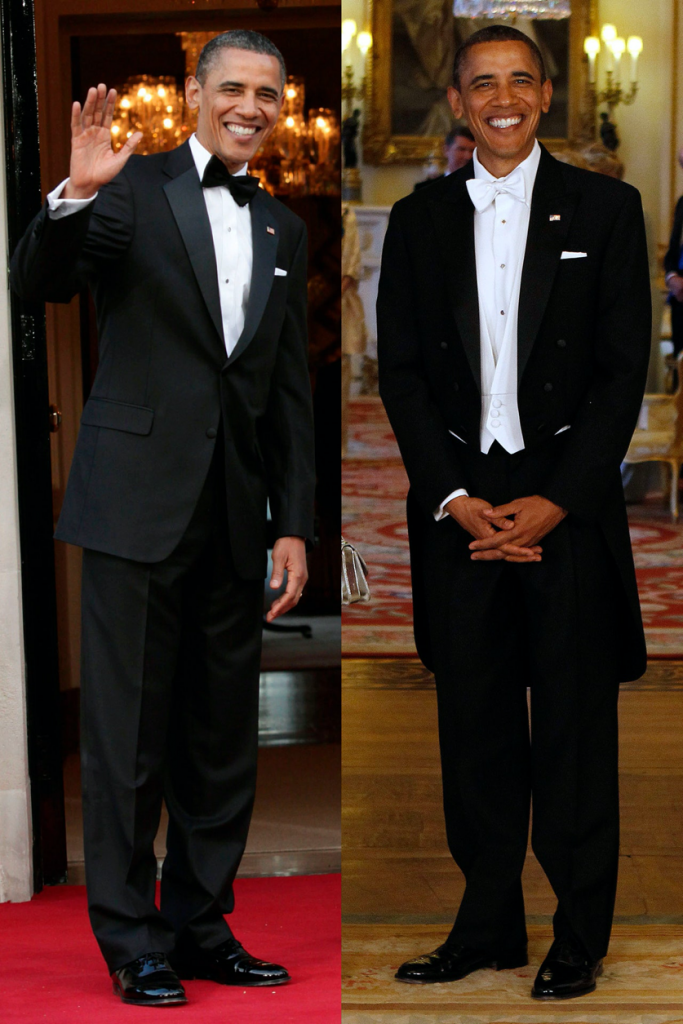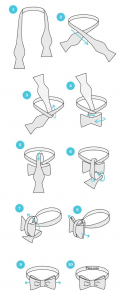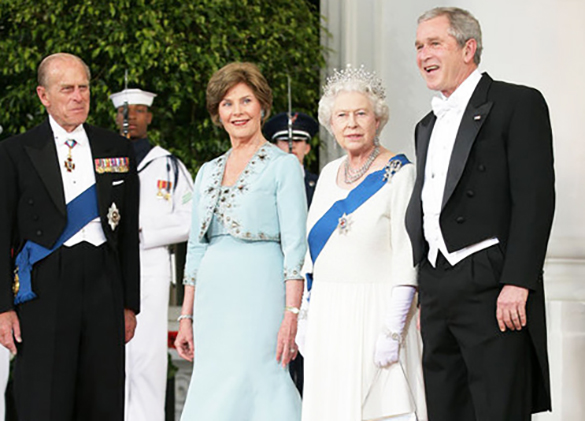First, we must ask ourselves why many, if not most, men avoid wearing pink-coloured garments?

Which, of course, is completely out of the blue. Are you a macho or a wimp? Let's go back in history for a moment.
Until the mid-20th century, pink was preferred for boys because of its brightness and blue for girls because of its association with the Virgin Mary.
Before the 1950s, the pink colour even exuded a certain 'masculine strength'. There were even 'khaki' trousers in the army that were nicknamed 'pinks' because of the pink glow they sometimes had. Nevertheless, today we have to conclude that there is still a strong female connotation attached to it, and this for both women and men.
And even longer ago the soldiers wore, at the Battle of Waterloored coats. This was done very deliberately, because a wounded or dead person's blood would not scare the 'mates'. Later this evolved into pink.
Secondly, we look at why and how men can wear pink.
The colour has a lot of potential for combining. It is flamboyant and adds a certain 'lightness' to your outfit. The colour pink is a sublime addition to, for example, brown, khaki, a monochrome outfit, and the darker versions of blue.
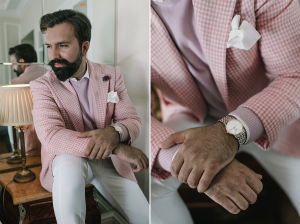
Third: How to wear a pink shirt, and how to combine?
As pink can be a rather bright, even cheeky colour, it is best combined with the darker tones. However, the colour is versatile: it goes well with both black and grey. Dark grey, I mean. For me, blue is the colour of choice.
Navy: Just plain with a dark blue suit. The colours complement each other perfectly. That said, with a blue blazer too! And with this, a pair of pink flannel trousers, or if you are more of a preppy type, a nice chino or khaki.
Combine with jeans and brown loafers. Or even white jeans in summer and black loafers? Also, never forget to match your belt with your shoes.
Seasonally, pink feels best in spring and summer! The sunlight really makes the colour stand out.
Tips & Facts:
- Try to avoid pink t-shirts or jumpers.
- Psychological research has shown that the colour pink has a calming effect on other people. It relaxes them.
- Dark or tanned skin goes better with the pastel varieties.
- The pink polo is eternally preppy. An Ivy-League look.
- If you still think it would be too feminine in its look, feel free to combine it with masculine accessories such as braces, a waistcoat, or even
Better, a cardigan. Keep your accessories to a minimum though, as pink is a statement anyway. Less is more in this case!
- It shows that you are no longer a child who needs to wear boys' clothes. The colour does require a certain shape, or let's say level of self-confidence. And having said that, it does not define anyone's sexuality. It is best to consider this belief as underdeveloped.
- The colour also has the property of demanding female attention, which has also been scientifically proven. Many ladies feel that a man who wears pink is more self-confident, sensitive and in touch with his inner self and emotions. These qualities are generally highly appreciated by women.
- Wearing pink makes you stand out, and makes you more powerful A 2012 study commissioned by Cotton USAhas revealed some surprising facts, showing that men who wear pink earn, on average, $1,200 more on a yearly basis. These men also impress female colleagues more, and they perform with more self-confidence. If you get lost in a crowd, your friends or family can easily find you. After all, you are that sensitive man surrounded by ladies.
Raphaël van den Poel, former fashion consultant of Scapa, Reinhard Frans and Atelier NA tailored suits,
writes our weekly blog on gentleman matters. He writes for MYX Magazine, a Flemish luxury lifestyle platform.
He also has his own blog which you can read here: http://belgiandandy.blogspot.com

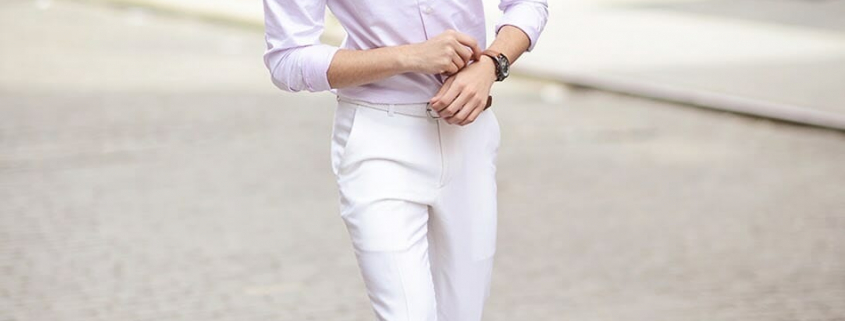
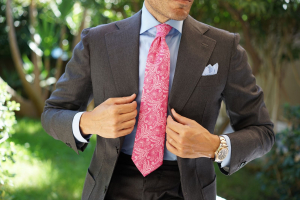

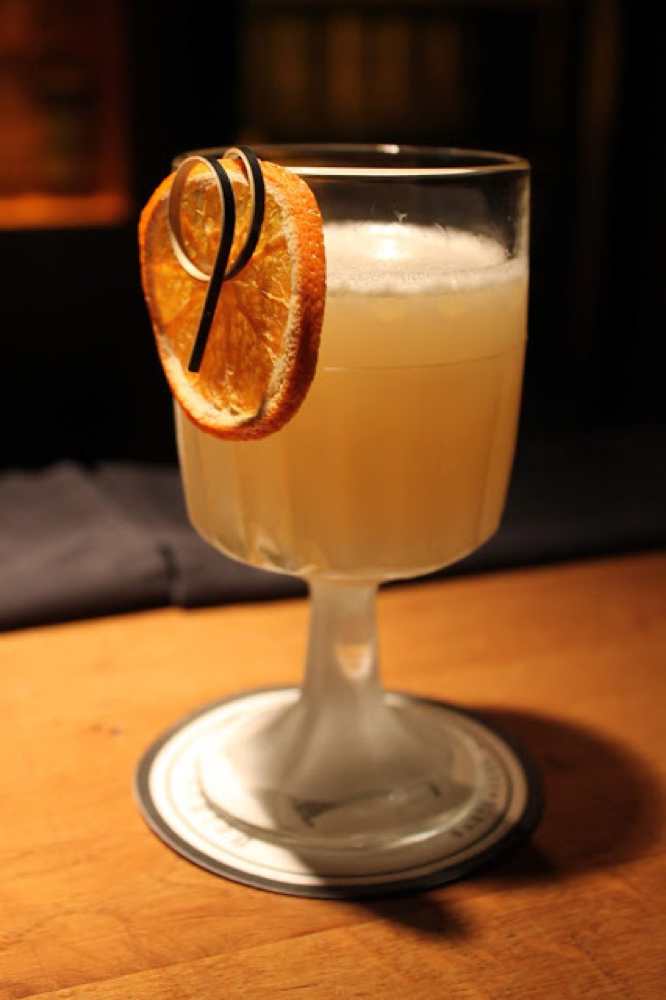
 As you may have gathered, I am a big fan of iconic things. Because, admittedly, they are always iconic for a reason! I drank my first Sidecar during my student days in '
As you may have gathered, I am a big fan of iconic things. Because, admittedly, they are always iconic for a reason! I drank my first Sidecar during my student days in ' In the early editions of MacElhone's book, he quotes Pat MacGarry as the inventor. The popular bartender in
In the early editions of MacElhone's book, he quotes Pat MacGarry as the inventor. The popular bartender in 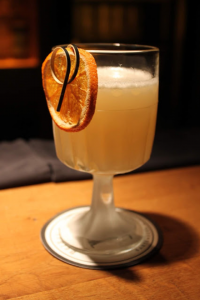 As complicated as it may look in the mixology canon, it deceives you in its simplicity. Actually, it is easy to make like your morning cup of coffee! With the simple combination of just three ingredients and a few ice cubes to spice it up, a perfect taste and aroma match is achieved. Although it is very simple in structure, it is certainly complex enough to satisfy the most spoilt taste buds.
As complicated as it may look in the mixology canon, it deceives you in its simplicity. Actually, it is easy to make like your morning cup of coffee! With the simple combination of just three ingredients and a few ice cubes to spice it up, a perfect taste and aroma match is achieved. Although it is very simple in structure, it is certainly complex enough to satisfy the most spoilt taste buds.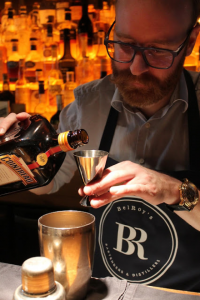 Combine the Cognac or brandy, the Cointreau, and the lime juice in a cocktail shaker, together with the sugar syrup, and fill well with ice cubes. No ice flakes otherwise it will dilute too much. Shake vigorously for at least 10 seconds, and pour through a strainer. Garnish the glass with a slice of orange or lime peel if you wish to brighten it up.
Combine the Cognac or brandy, the Cointreau, and the lime juice in a cocktail shaker, together with the sugar syrup, and fill well with ice cubes. No ice flakes otherwise it will dilute too much. Shake vigorously for at least 10 seconds, and pour through a strainer. Garnish the glass with a slice of orange or lime peel if you wish to brighten it up.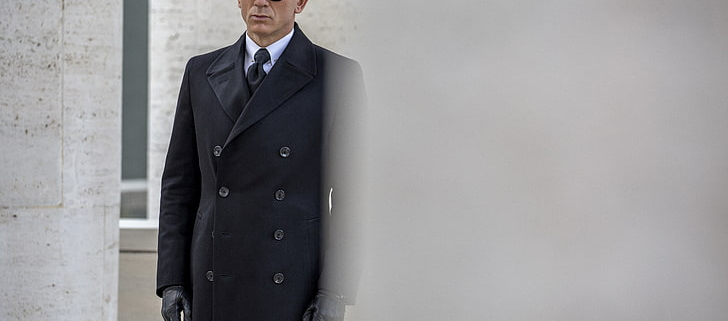
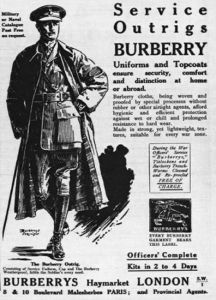 Autumn, so we have rain and cold wind. This requires appropriate clothing. So the mackintosh comes out again!
Autumn, so we have rain and cold wind. This requires appropriate clothing. So the mackintosh comes out again!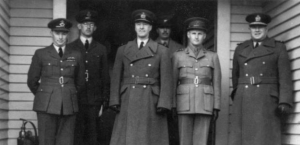 Two British companies claim to have invented this jacket.
Two British companies claim to have invented this jacket.  Unfortunately, the trench coat was not free. Military personnel who wanted to wear it had to pay for it out of their own pockets. A trench coat cost about 3 to 4 pounds, which for an ordinary soldier was the equivalent of 3 to 4 months' pay. The result? The trench coat became a status symbol among the British officers. This even went so far that the army commanders at one point forbade anyone below the rank of sergeant major to wear the coat. Sad, but true. However, this had the unintended effect of greatly increasing the mortality rate among British officers, as the German snipers could now more easily pick them off.
Unfortunately, the trench coat was not free. Military personnel who wanted to wear it had to pay for it out of their own pockets. A trench coat cost about 3 to 4 pounds, which for an ordinary soldier was the equivalent of 3 to 4 months' pay. The result? The trench coat became a status symbol among the British officers. This even went so far that the army commanders at one point forbade anyone below the rank of sergeant major to wear the coat. Sad, but true. However, this had the unintended effect of greatly increasing the mortality rate among British officers, as the German snipers could now more easily pick them off.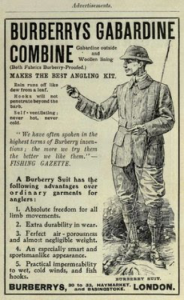 During the Second World Wars, different variants appeared. Usually shorter for more freedom of movement. We won't go into that now, but we can say that the trench coat was here to stay. Nowadays, it graces the streets of both men and women. Not only veterans, but also Hollywood ensured the fame and status and later spread worldwide.
During the Second World Wars, different variants appeared. Usually shorter for more freedom of movement. We won't go into that now, but we can say that the trench coat was here to stay. Nowadays, it graces the streets of both men and women. Not only veterans, but also Hollywood ensured the fame and status and later spread worldwide.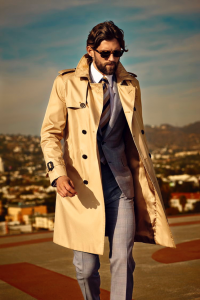 Gabardine is a fabric in a steep twill weave. Traditionally, the fabric is made of wool. Mixes of cotton, artificial fibre and wool, as well as fully synthetic variants, are also common. Gabardine is impregnated with waterproofing agents, is durable and crease-resistant. Because of these properties, it is used for suits and uniforms, but especially for mackintoshes. The origin of the fabric is not entirely clear. British fashion designer Thomas Burberry is said to have invented it in 1879 as a mixture of wool and cotton, but according to other sources, the name is derived from the Parisian fashion house Gabartin.
Gabardine is a fabric in a steep twill weave. Traditionally, the fabric is made of wool. Mixes of cotton, artificial fibre and wool, as well as fully synthetic variants, are also common. Gabardine is impregnated with waterproofing agents, is durable and crease-resistant. Because of these properties, it is used for suits and uniforms, but especially for mackintoshes. The origin of the fabric is not entirely clear. British fashion designer Thomas Burberry is said to have invented it in 1879 as a mixture of wool and cotton, but according to other sources, the name is derived from the Parisian fashion house Gabartin.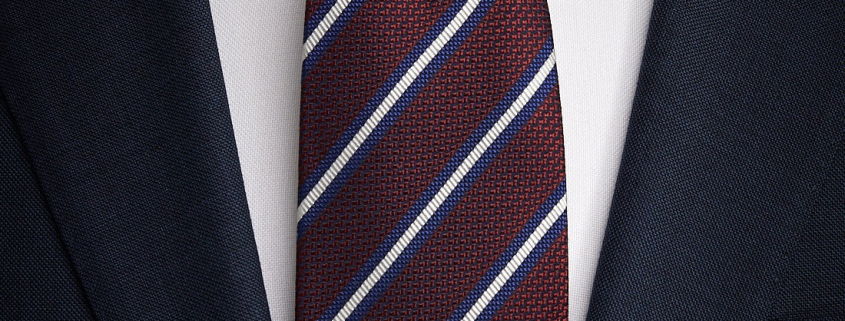
 There is a clear difference between English and American stripes, namely the direction. You may wonder why and how this is so. Well, we are happy to explain it to you.
There is a clear difference between English and American stripes, namely the direction. You may wonder why and how this is so. Well, we are happy to explain it to you.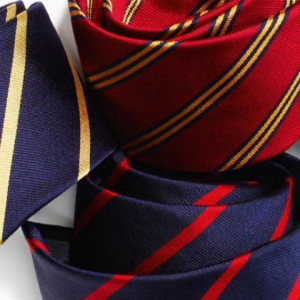 Rebellion was the birth of a style icon.
Rebellion was the birth of a style icon.
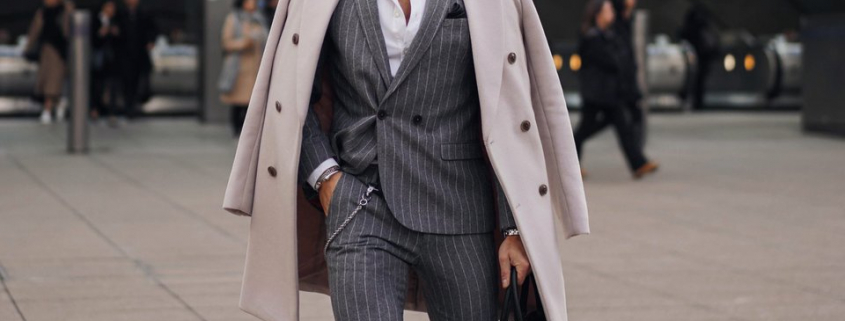
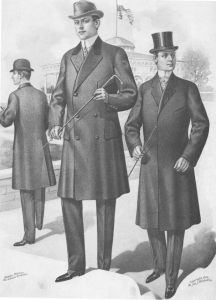 Overcoats come in a variety of styles and models.
Overcoats come in a variety of styles and models.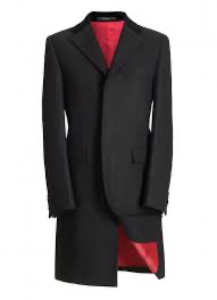
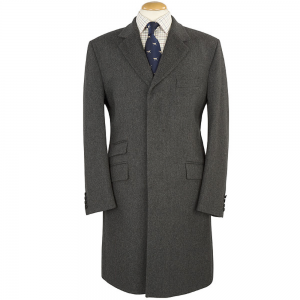 The Chesterfield is a long, overcoat named after
The Chesterfield is a long, overcoat named after 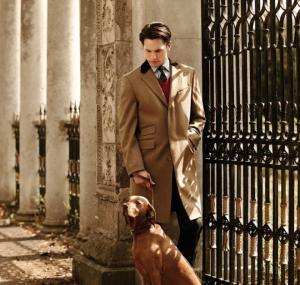 The covert coat was originally a short overcoat worn while hunting. Today, it is sold as a regular overcoat. However, it was designed in the late 19the century to wear while riding. That is why the jacket always has a high slit in the back. The Covert fabric from which the jacket is made, is a sturdy
The covert coat was originally a short overcoat worn while hunting. Today, it is sold as a regular overcoat. However, it was designed in the late 19the century to wear while riding. That is why the jacket always has a high slit in the back. The Covert fabric from which the jacket is made, is a sturdy 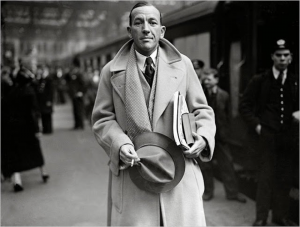 The polo coat, also known as the camel overcoat, was originally worn by polo players in England.
The polo coat, also known as the camel overcoat, was originally worn by polo players in England.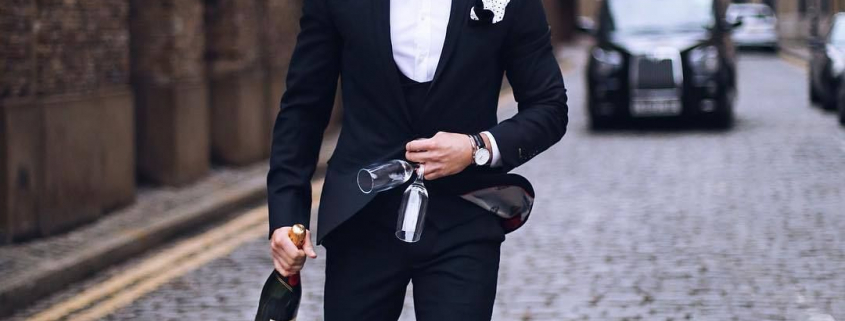
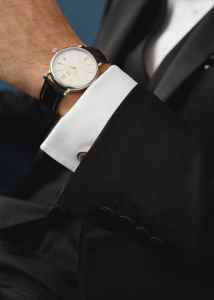 CONTRAs:
CONTRAs: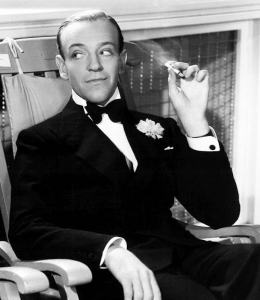 Have you ever
Have you ever 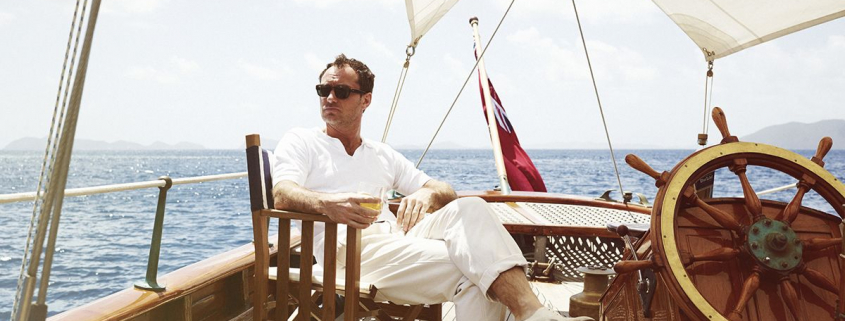

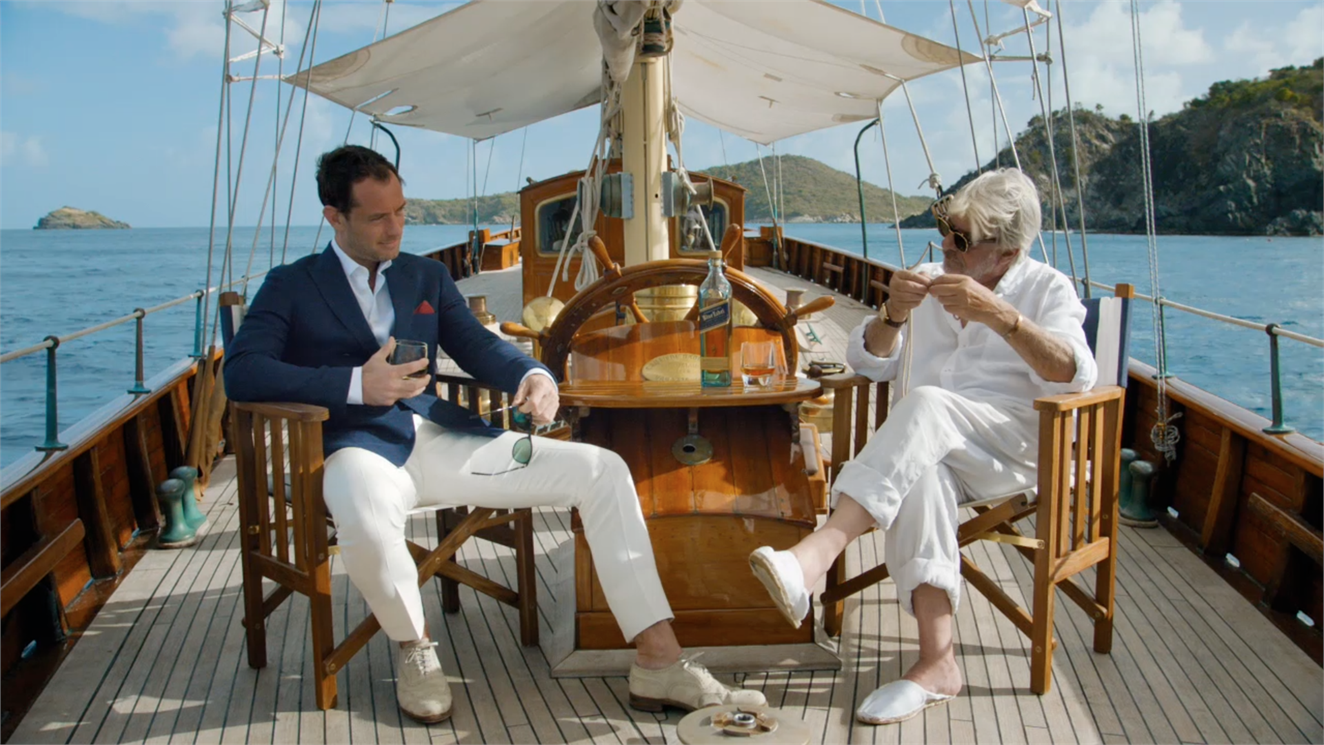

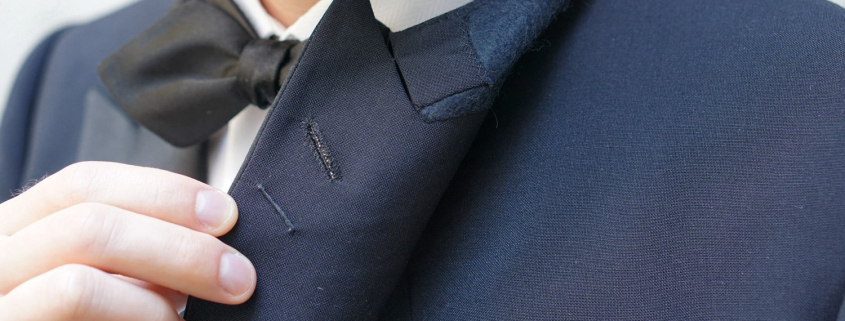
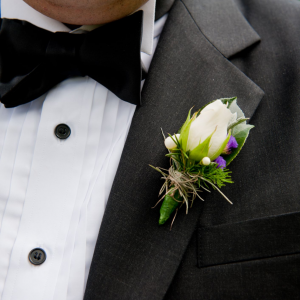 The flower loop (flower-loop in traditional English tailoring) is the loop at the back of the left reverie of the collar. Handmade, and formerly used to put the stem of the flower behind. The flower that was put through the buttonhole. Usually a carnation and for special occasions a rose of course! The boutonniere, or 'buttonhole' to which many people refer, is not really used to fold up the lapel and close it when it's raining or windy, but is purely a floral decoration element. One inserts a single flower or 'stud'.
The flower loop (flower-loop in traditional English tailoring) is the loop at the back of the left reverie of the collar. Handmade, and formerly used to put the stem of the flower behind. The flower that was put through the buttonhole. Usually a carnation and for special occasions a rose of course! The boutonniere, or 'buttonhole' to which many people refer, is not really used to fold up the lapel and close it when it's raining or windy, but is purely a floral decoration element. One inserts a single flower or 'stud'. 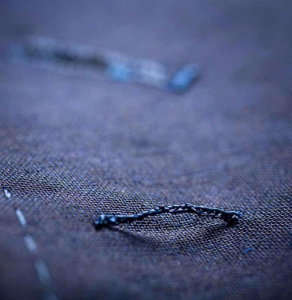 It also symbolises a certain tradition. And tradition, don't we love that as real gentlemen? Let's appreciate and cherish this little detail. And use it for its purpose, of course!
It also symbolises a certain tradition. And tradition, don't we love that as real gentlemen? Let's appreciate and cherish this little detail. And use it for its purpose, of course! 